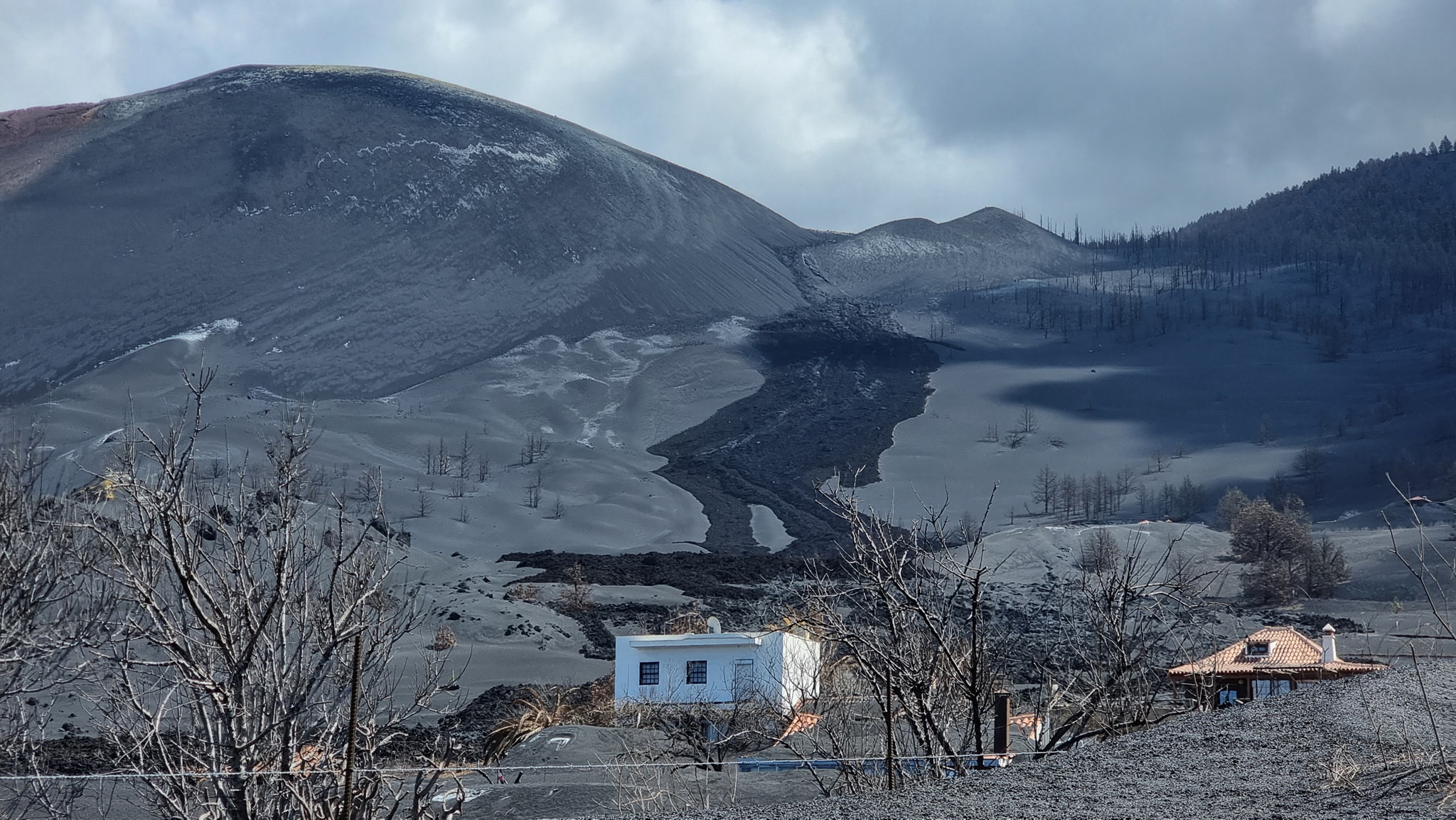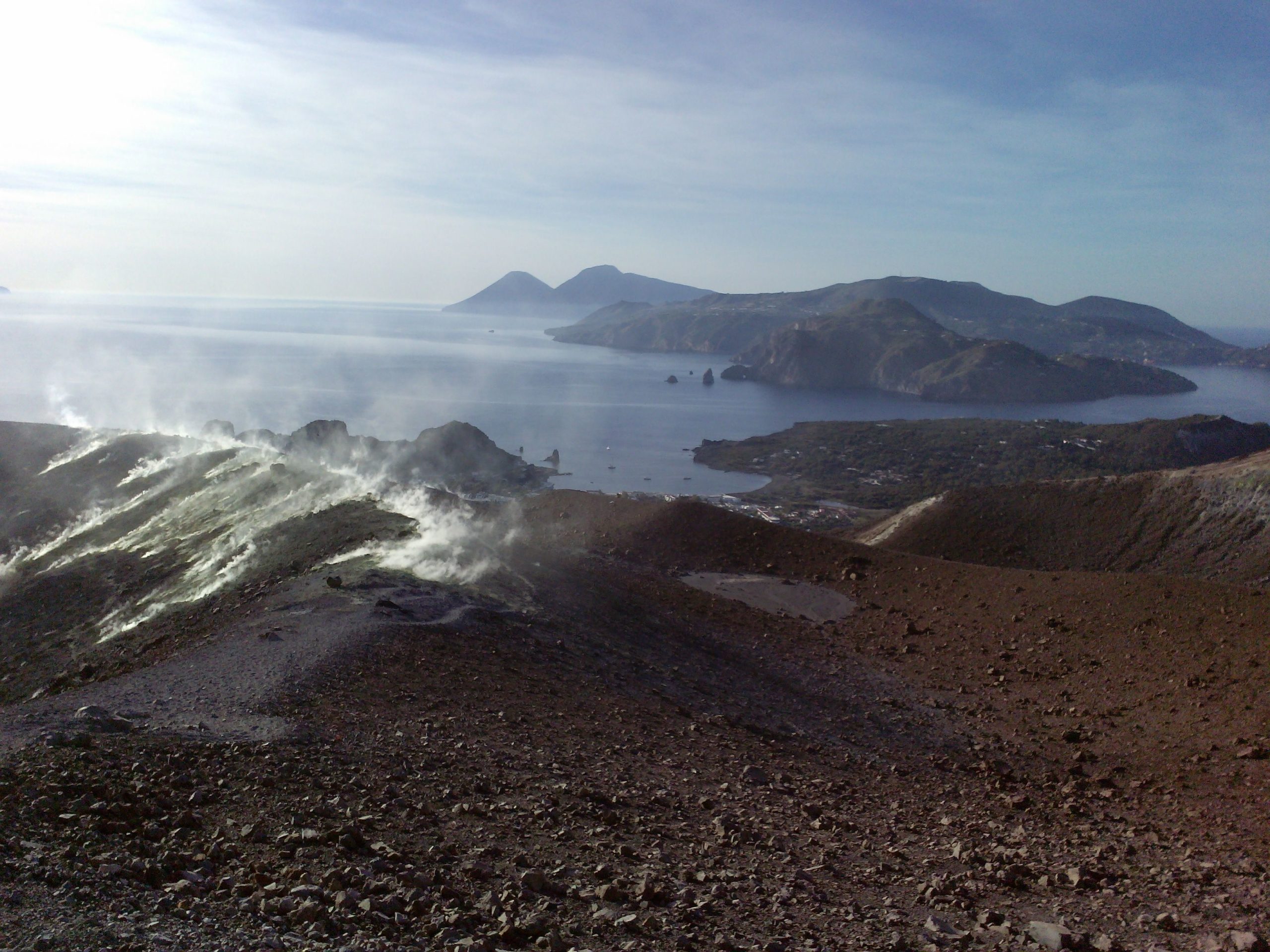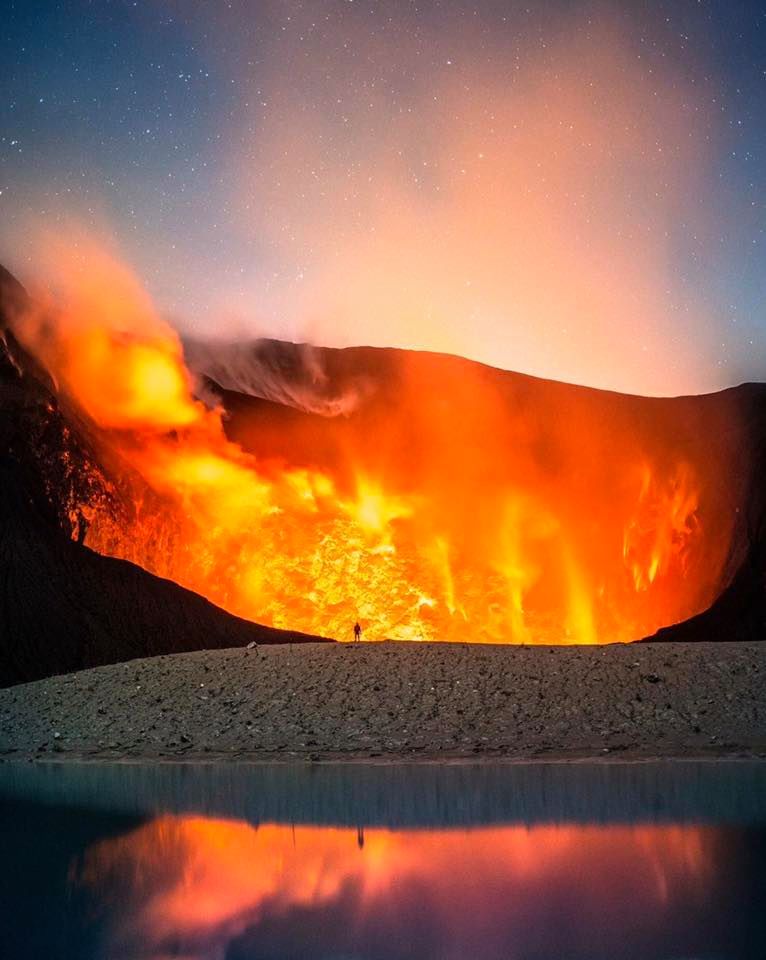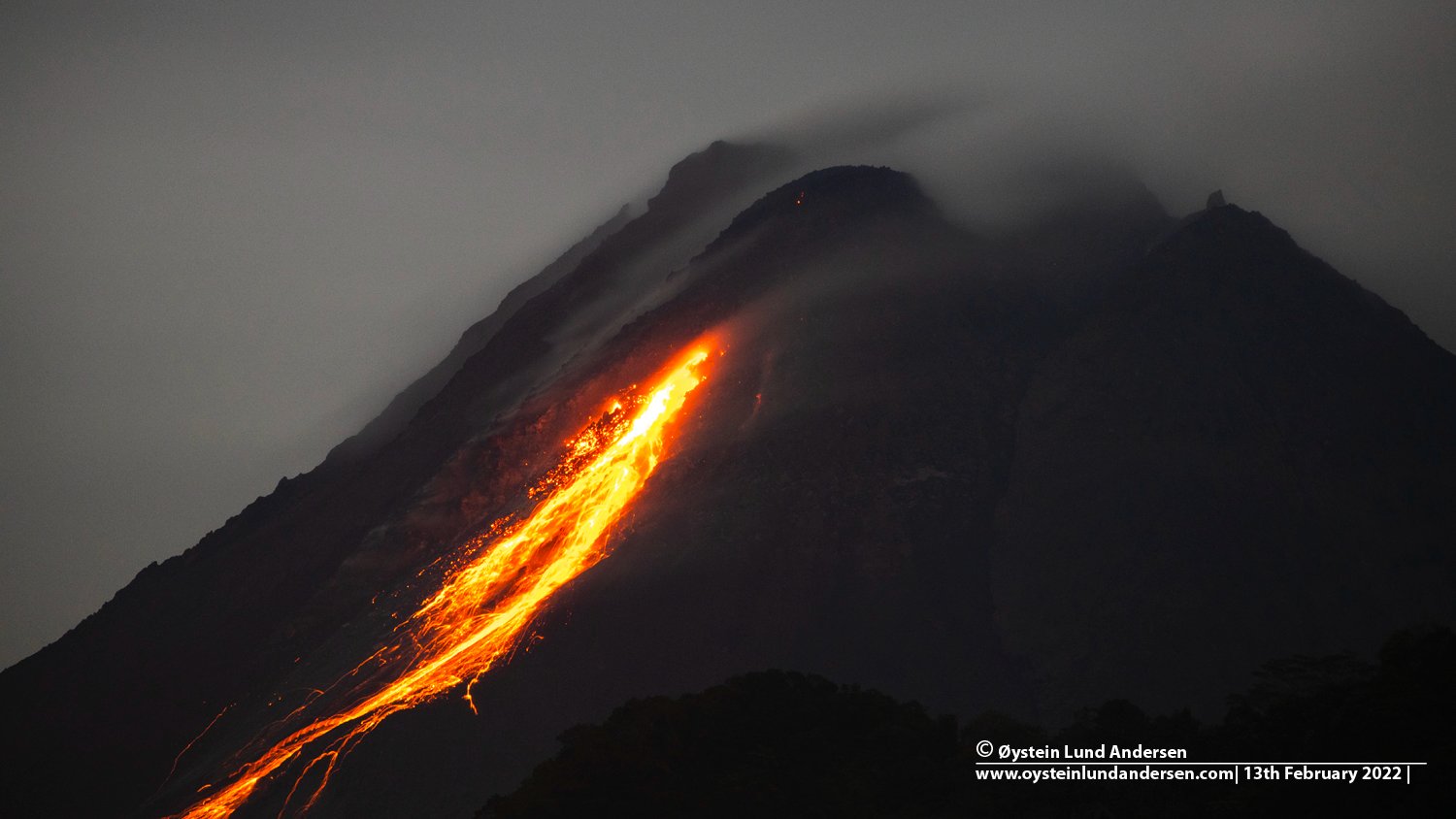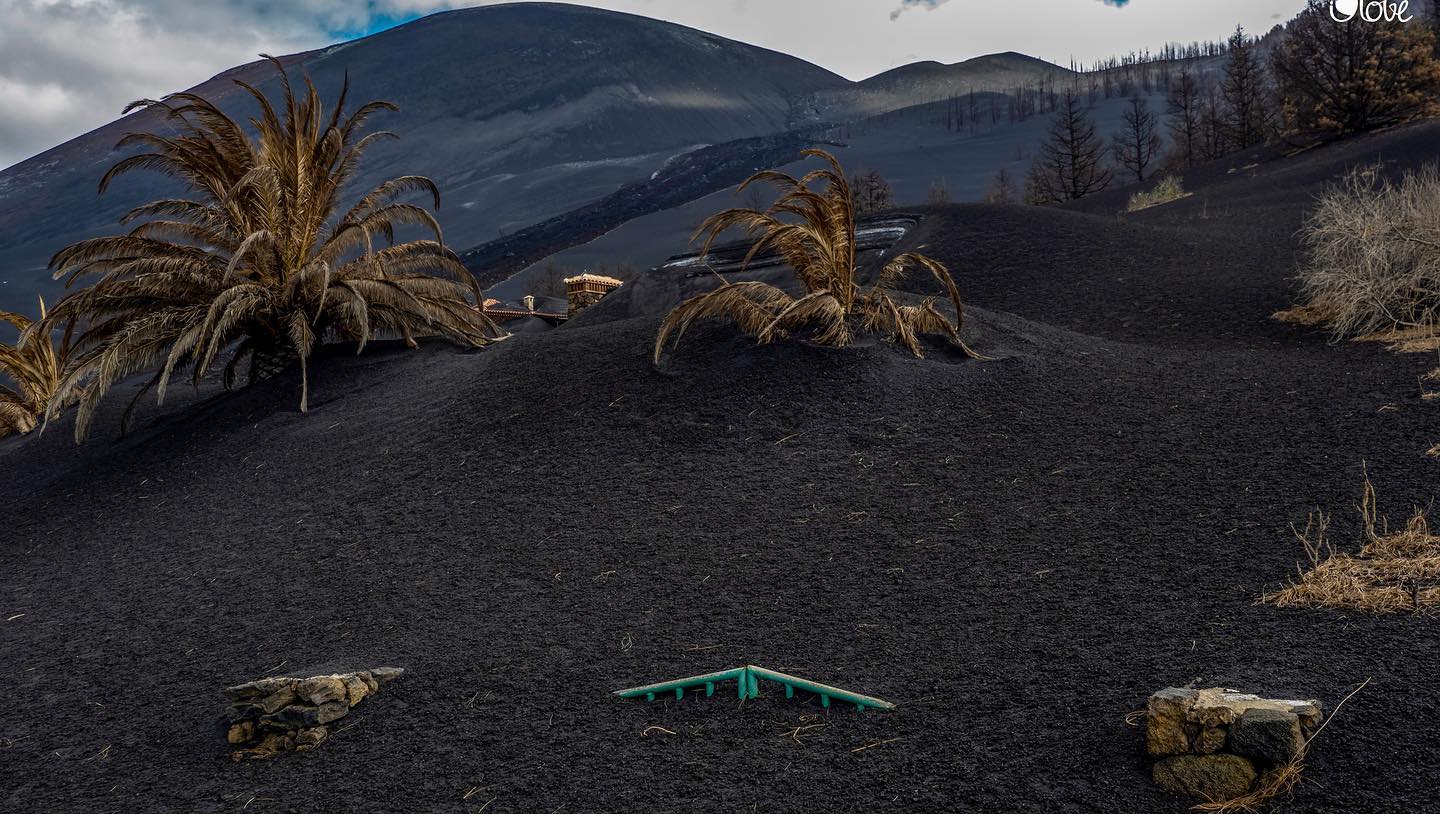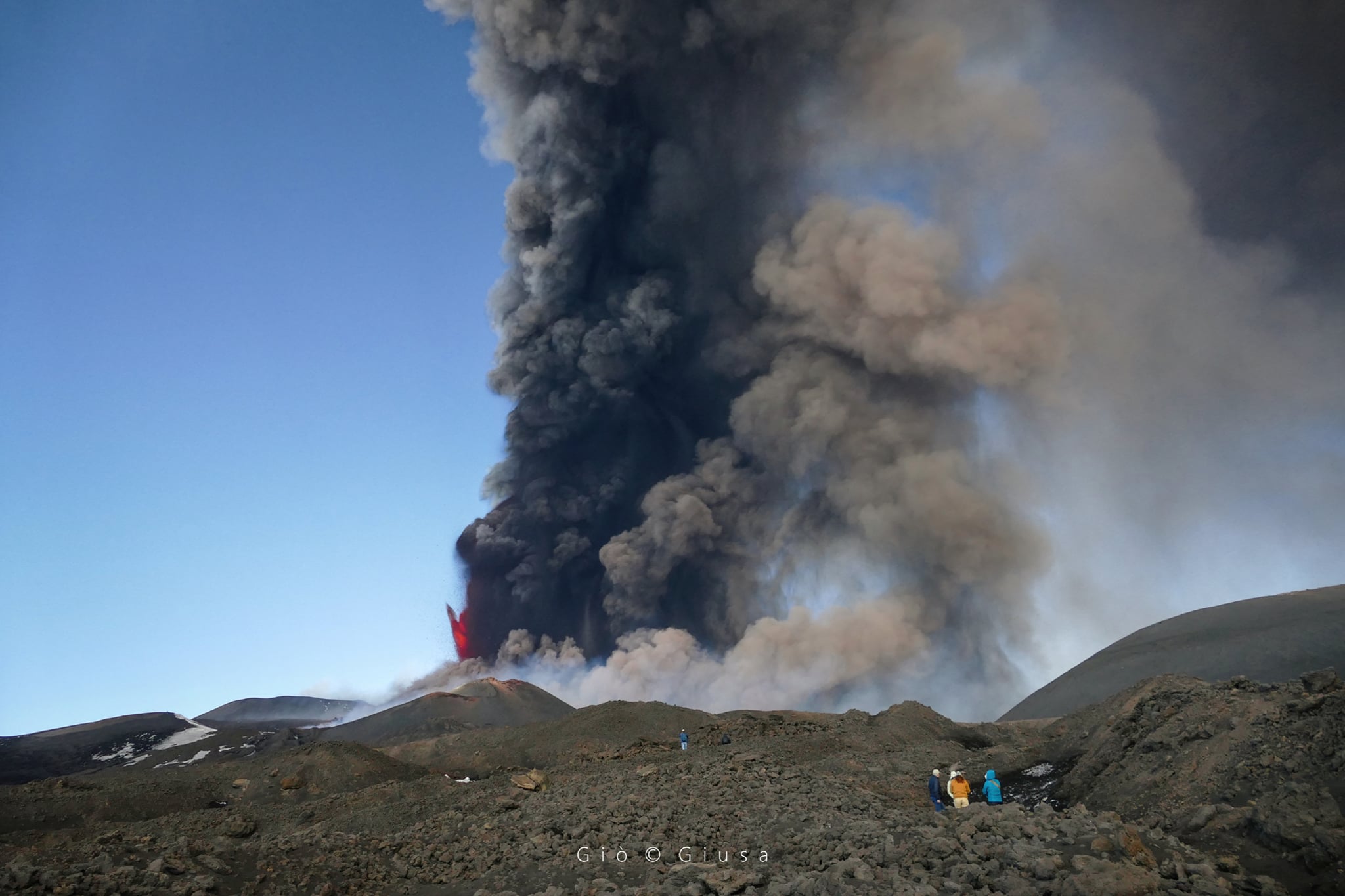March 25 , 2022. EN . Canary Islands / La Palma : Cumbre Vieja , Philippines : Taal , The Azores : São Jorge , Alaska : Pavlof , Indonesia : Anak Krakatau , Ecuador / Galapagos : Sierra Negra .
25 Mars 2022. Canary Islands / La Palma , Cumbre Vieja : As of 7:01 p.m. on March 24, 2022, the Canaria seismic sensor network, operated by INVOLCAN, records…

